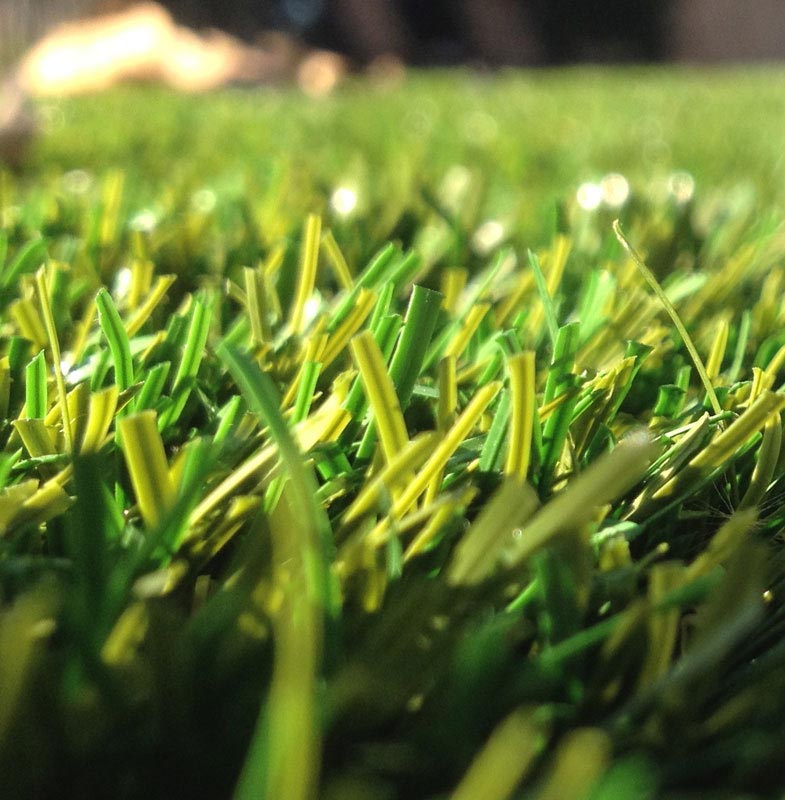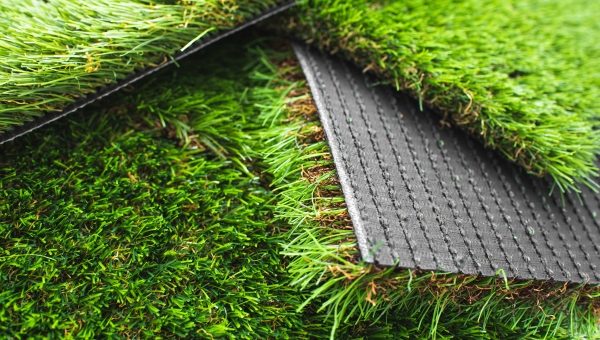Get the Leading Turf Installation Phoenix AZ Solutions for Your Home or Business
Explore the Environmental Perks of Opting for Artificial Grass Solutions
The adoption of synthetic grass remedies offers a compelling opportunity to attend to pushing ecological difficulties. By considerably reducing water use and minimizing the application of harmful chemicals, these choices not only advertise lasting landscape design but additionally secure regional environments. Furthermore, the reduced carbon footprint related to decreased upkeep activities adds to a more sustainable approach to land administration. The implications of these benefits expand beyond simple preservation initiatives, increasing inquiries regarding their long-lasting effect on habitat preservation and general environmental equilibrium. Discovering these dimensions reveals a complex interplay worth considering.
Water Conservation Advantages
Among one of the most considerable advantages of synthetic grass is its ability to preserve water. Conventional yard yards need substantial irrigation, specifically in locations susceptible to dry spell or water constraints. In comparison, synthetic grass does not require watering, significantly decreasing the general demand for water resources. This feature is specifically advantageous in arid areas where water scarcity is a pushing issue.
By eliminating the requirement for routine watering, man-made lawn adds to sustainable landscape techniques and assists minimize the ecological influence of too much water consumption. The conservation of water expands to the reduction of runoff, which can lead to dirt erosion and waterway pollution.
Additionally, the setup of man-made turf enables homeowners and towns to allocate water sources much more efficiently, focusing on essential usages such as alcohol consumption water and farming. The shift in the direction of man-made lawn not just promotes responsible water usage however additionally aligns with more comprehensive ecological objectives targeted at maintaining all-natural resources.
As communities progressively prioritize sustainability, the water preservation benefits of synthetic grass provide a compelling case for its adoption in industrial and property landscape design jobs.
Lowered Chemical Use
The transition to artificial grass dramatically reduces the reliance on chemical treatments generally made use of in natural lawn maintenance. Conventional grass administration normally entails the application of pesticides, herbicides, and fertilizers to advertise development and control bugs. These chemicals can pose threats to human wellness, regional wild animals, and the atmosphere, adding to soil and water contamination.
In contrast, artificial grass removes the demand for these damaging substances. By reducing the release of synthetic compounds right into the environment, synthetic turf advertises much healthier soil and water systems.
In addition, the lack of chemical overflow related to synthetic grass installations assists shield neighborhood rivers from contamination, supporting marine life and preserving biodiversity. Arizona turf. As neighborhoods progressively prioritize sustainable methods, choosing synthetic grass offers a viable solution that lines up with environmental conservation objectives. Through this shift, residential property owners can delight in lush green rooms without compromising ecological wellness, leading the way for a more sustainable future
Reduced Carbon Impact

Moreover, the installation of synthetic grass can lead to considerable water conservation. All-natural lawns call for significant amounts of water for watering, which not only contributes to the carbon impact related to water extraction and therapy but also stress local water sources. On the other hand, artificial turf requires marginal upkeep, calling for no watering, thereby significantly decreasing water usage and its connected energy prices.
In addition, the longevity of synthetic lawn adds to its lower carbon influence. With a lifespan of up to 15 years or more, the demand for regular replacements is lessened, leading to less waste and lower power consumption in manufacturing and getting rid of conventional turf choices. On the whole, synthetic grass offers a sustainable alternative for eco conscious landscaping.
Habitat Conservation
Habitat conservation is a vital consideration in the debate over landscaping selections, especially when comparing synthetic grass to natural grass. All-natural yard lawns often call for extensive maintenance, consisting of using herbicides, fertilizers, and pesticides, which can adversely influence regional communities. These chemicals can leach into the dirt and waterways, damaging indigenous vegetation and fauna and interfering with neighborhood environments.
Artificial turf eliminates the need for dangerous chemicals, therefore protecting nearby wildlife and Your Domain Name maintaining the integrity of surrounding environments. The installment of fabricated lawn can lead to the conversion of previous lawn locations right into even more biodiverse landscapes, such as pollinator gardens or indigenous plant areas, which can support local wildlife.
Eventually, the shift to synthetic grass not just saves water and decreases maintenance efforts yet likewise cultivates a much more harmonious relationship in between human tasks and the natural environment, promoting environment preservation while doing so.
Long-Term Sustainability
Lasting sustainability is a crucial variable in reviewing the advantages of artificial grass over conventional grass yards. Among the most significant benefits of synthetic grass is its resilience; it can last approximately 15-20 years with marginal upkeep, whereas natural grass needs regular reseeding and replacement. This longevity minimizes the need for consistent resources, such as water, plant foods, and pesticides, which are essential for keeping a healthy yard yard.
Furthermore, artificial lawn contributes to a decrease in carbon exhausts connected with lawn treatment tools. Standard yards typically call for gas-powered mowers, leaners, and blowers, all of which contribute to air pollution. Arizona artificial turf. In contrast, synthetic grass gets rid of the requirement for such tools, promoting a cleaner setting
Moreover, the production of synthetic lawn increasingly uses recycled products, enhancing its sustainability profile. As makers adopt environment-friendly practices, the ecological footprint of synthetic lawn proceeds to diminish.

Final Thought
The adoption of synthetic grass options offers significant ecological advantages, consisting of considerable water conservation, lowered dependence on harmful chemicals, and a lower Learn More carbon footprint. Fabricated turf help in preserving all-natural environments by reducing land disruption and advertising lasting sustainability through the use of sturdy materials. Collectively, these variables highlight the possibility of synthetic grass to add positively to ecological health and provide a sensible alternative to browse around this site conventional landscape design techniques in a progressively resource-conscious globe.
In comparison, artificial grass does not need watering, significantly minimizing the total need for water resources. By reducing the release of artificial substances into the ecological community, man-made lawn promotes much healthier dirt and water systems.
Additionally, the installation of synthetic lawn can result in considerable water preservation. In comparison, synthetic grass needs very little upkeep, needing no watering, thus substantially lowering water use and its linked power costs.
